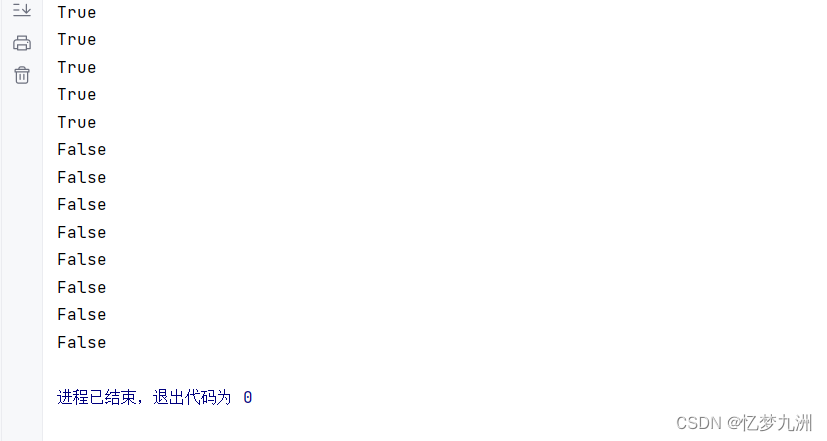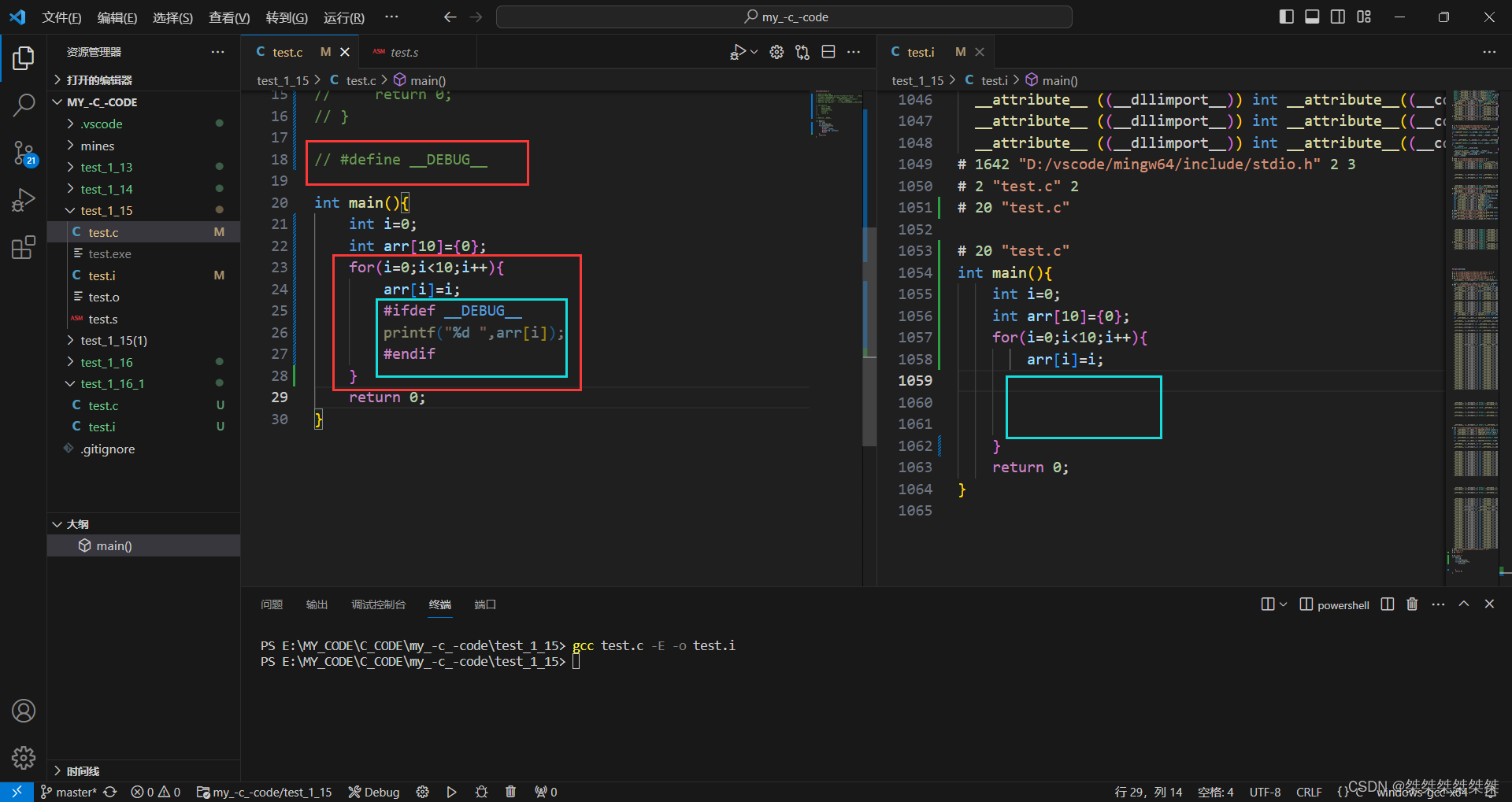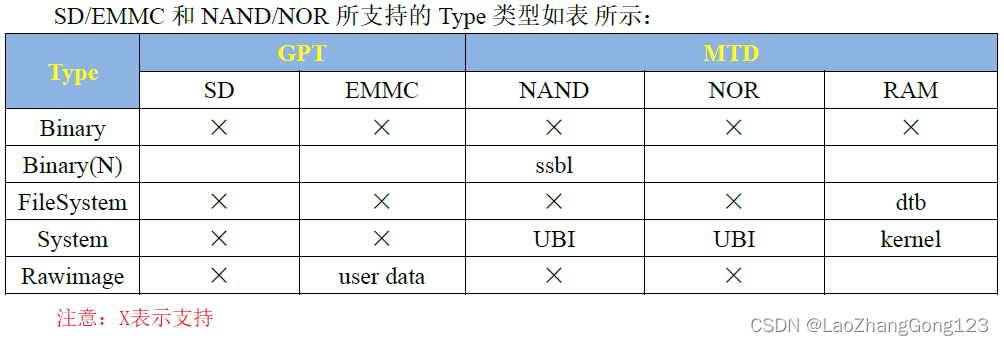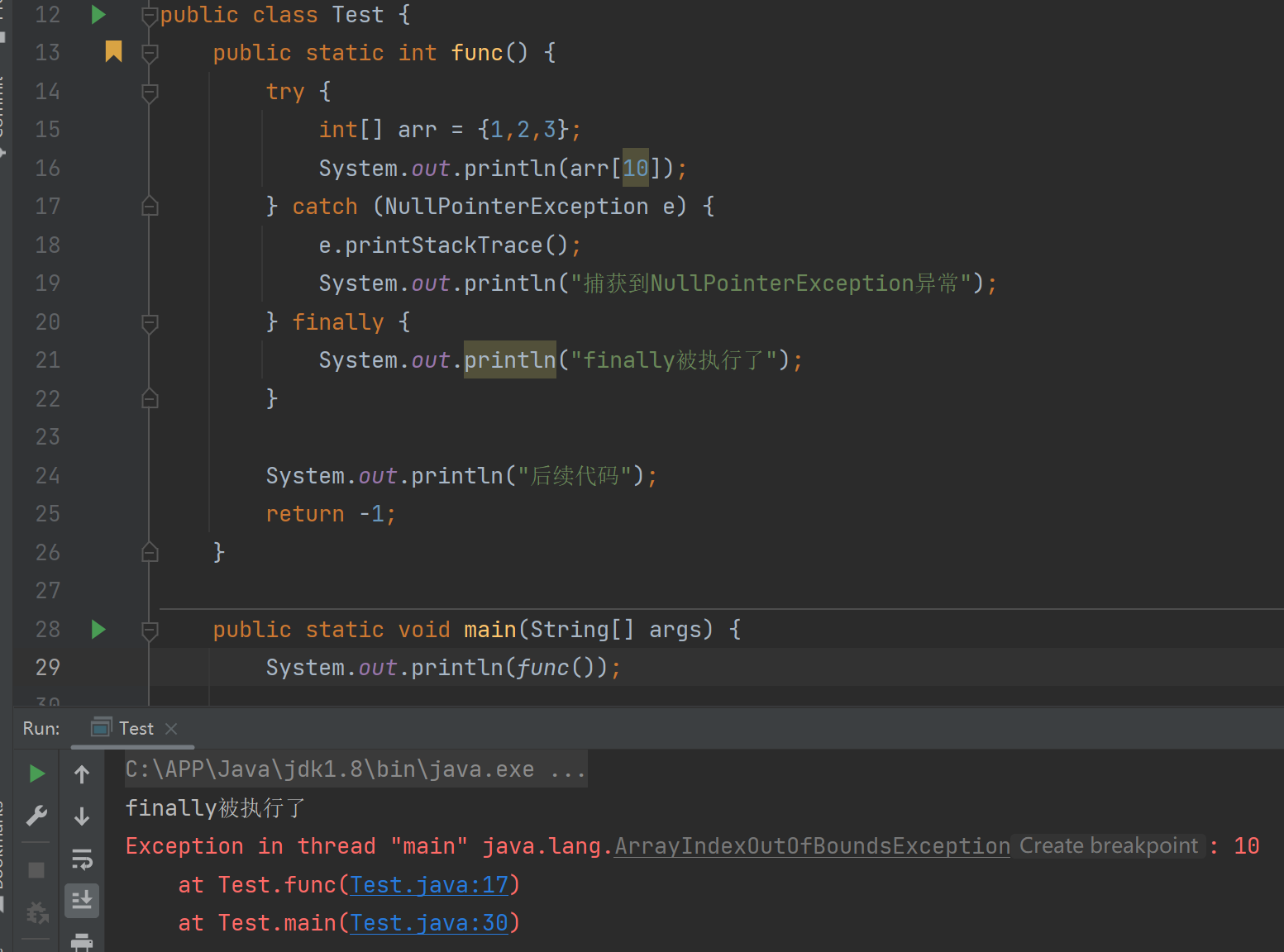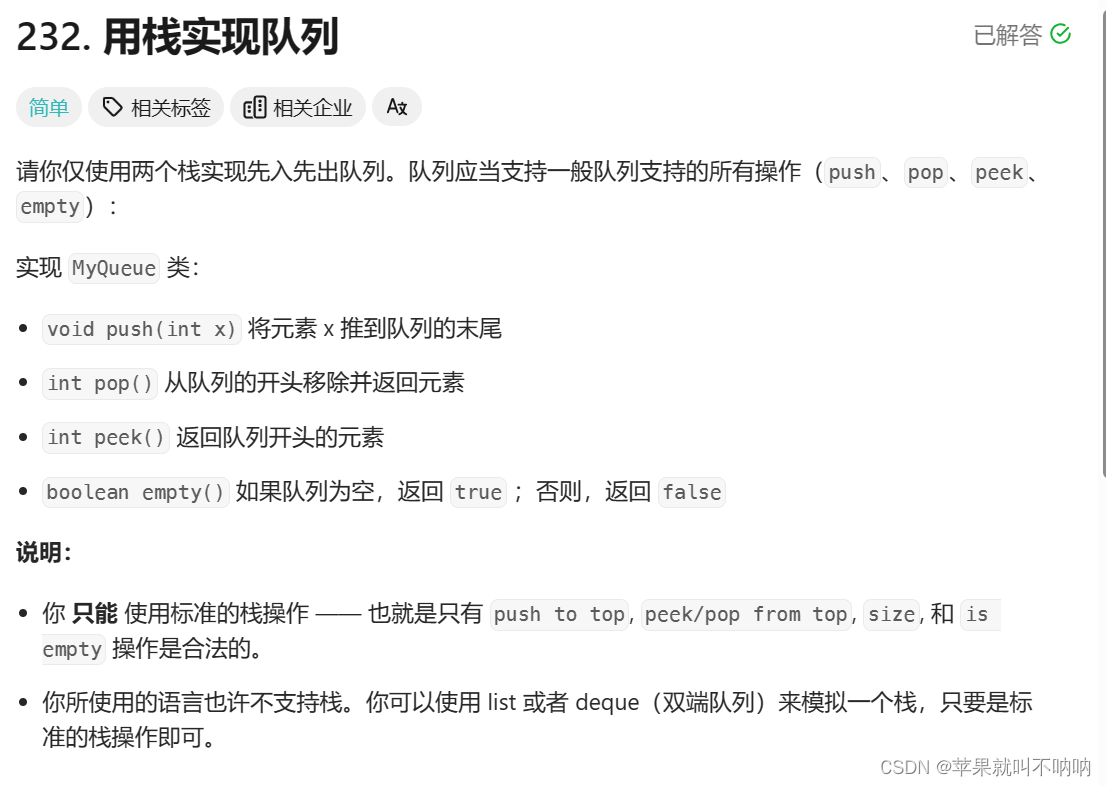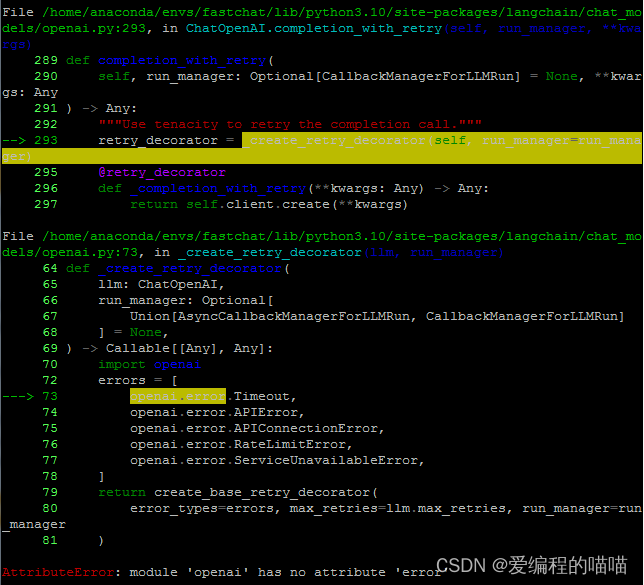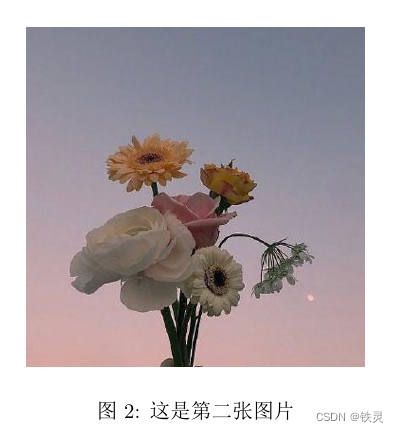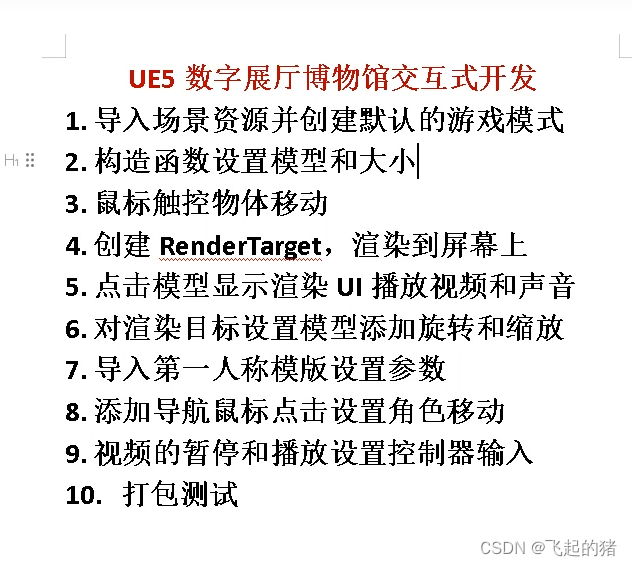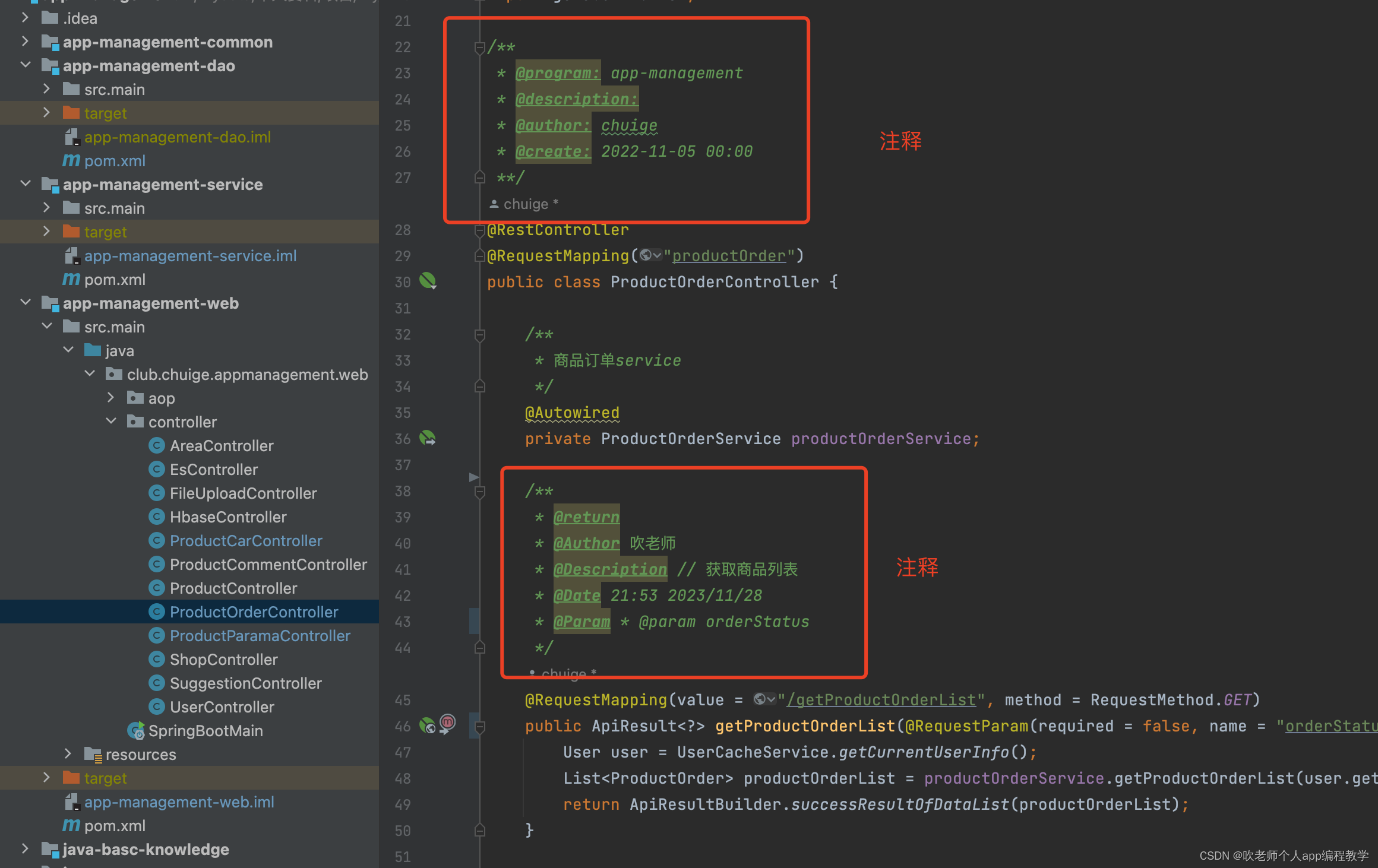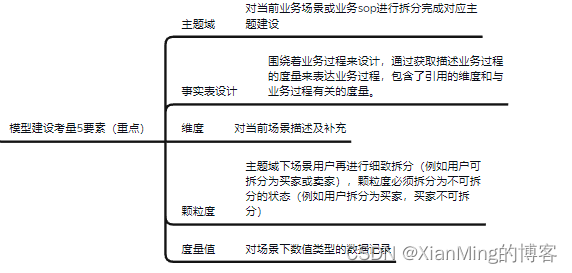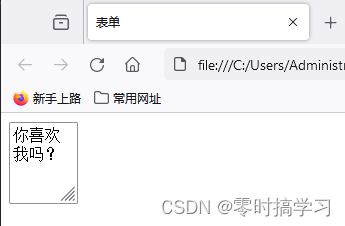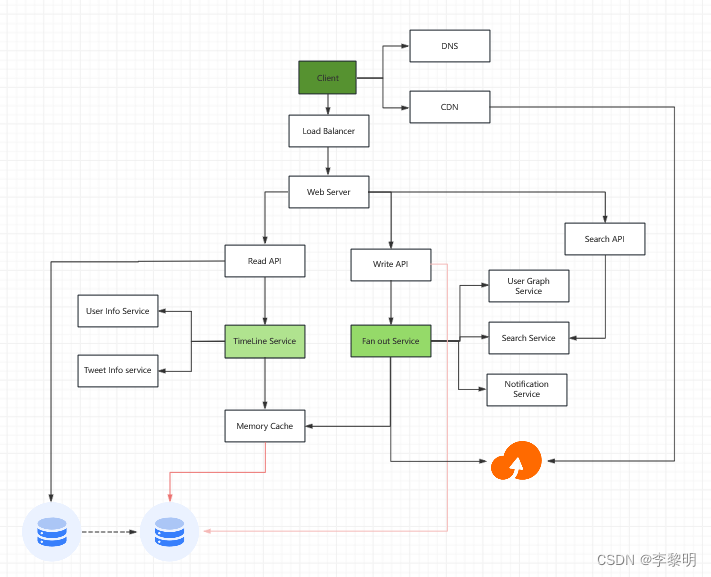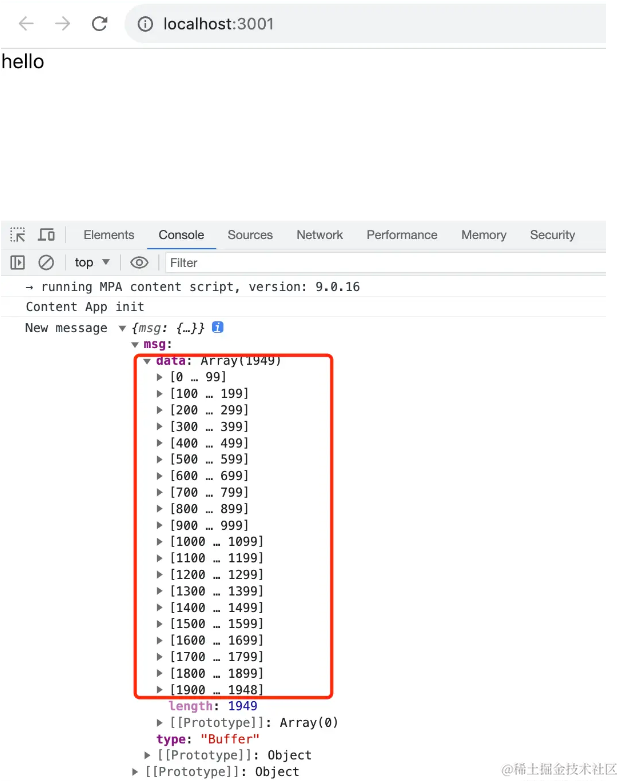bool类
bool 是布尔类。它是最简单的一个类,其取值有两种,1和O,即 True 和 False。可以这样简单地理解,除了1和0以及 True 和 False 的情况之外,但凡有值(非空)即为真,但凡无值(空)即为假。
bool类的赋值
# 最常用的赋值方法,不需要声明,直接赋值
bool_test = True
print(type(bool_test))

输出结果

注意
虽说1和0也是 True和 False 的意思,但并不代表赋值为0的test值是bool类,例如下面的输入和输出。
代码1
#数字均为int类,而关bool类
test = 0
print(type(test))

结果

代码2
#但其仍可用来作为真假的判断依据
if test == False:print ('True')
else:print ('False')

结果

如果要用0和1为bool赋值,也不是没有办法,让我们继续往下看。
Python中bool的知识点
# 以下是结果为真的赋值,就像前面说的,但凡有值则为真
test =bool(1)
print(test)
test= bool(True)
print(test)
test= bool(2) #任意数字
print(test)
test= bool('a') #任意字符
print(test)
para ='1'
test = bool(para) # para 为任意非空参数
print(test)
# 以下是结果为假的赋值,就像前面所说的,但凡为空则为假
test = bool(0)
print(test)
test = bool(False)
print(test)
test = bool(None) #是 None不是NULL
print(test)
test = bool('') #空字符串
print(test)
test = bool ("") # 空字符串
print(test)
test = bool([]) #空列表
print(test)
test=bool({}) #空字典
print(test)
test = bool(()) #空集
print(test)
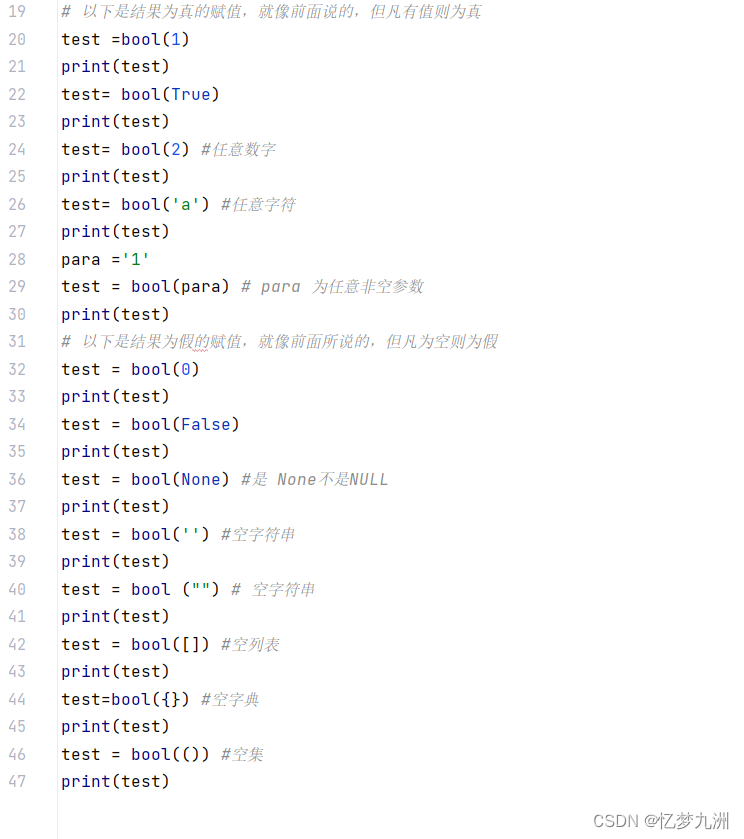
结果
